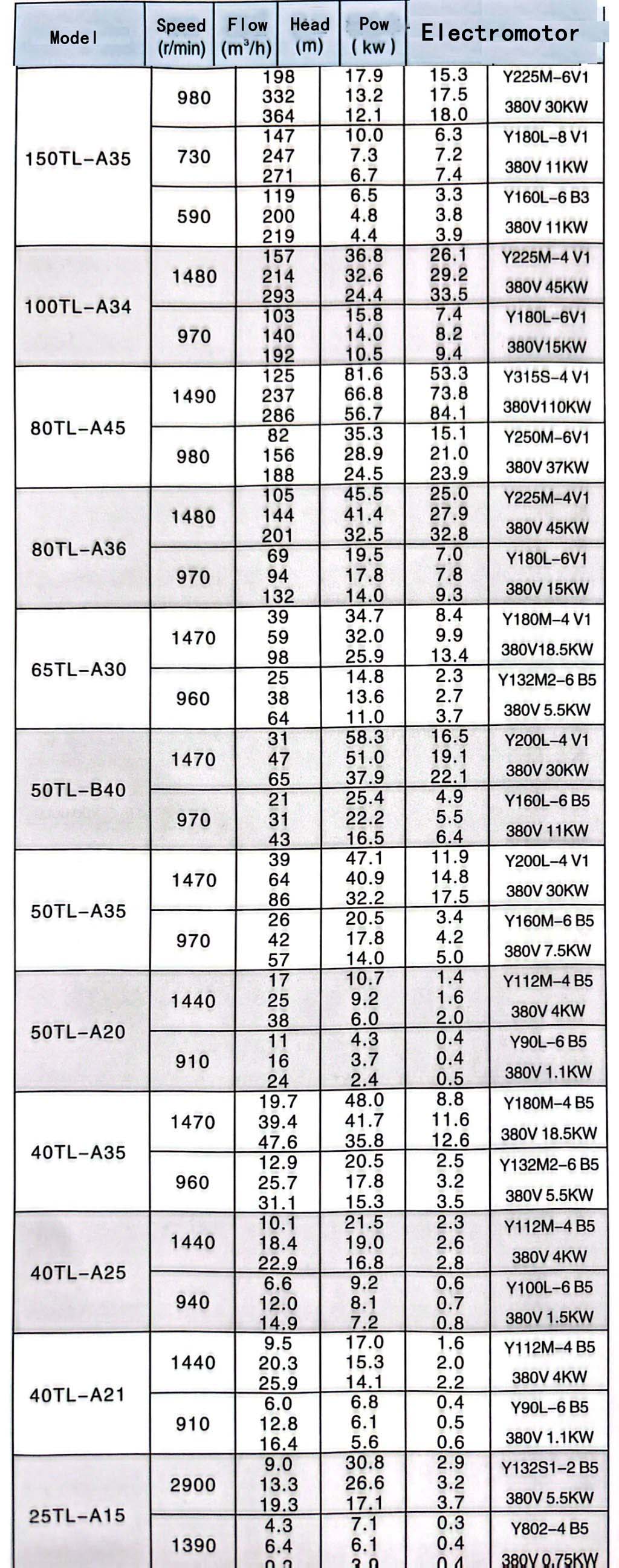TEL:
+86 13120555503
Estonian
- Afrikaans
- Albanian
- Amharic
- Arabic
- Armenian
- Azerbaijani
- Basque
- Belarusian
- Bengali
- Bosnian
- Bulgarian
- Catalan
- Cebuano
- Corsican
- Croatian
- Czech
- Danish
- Dutch
- English
- Esperanto
- Estonian
- Finnish
- French
- Frisian
- Galician
- Georgian
- German
- Greek
- Gujarati
- Haitian Creole
- hausa
- hawaiian
- Hebrew
- Hindi
- Miao
- Hungarian
- Icelandic
- igbo
- Indonesian
- irish
- Italian
- Japanese
- Javanese
- Kannada
- kazakh
- Khmer
- Rwandese
- Korean
- Kurdish
- Kyrgyz
- Lao
- Latin
- Latvian
- Lithuanian
- Luxembourgish
- Macedonian
- Malgashi
- Malay
- Malayalam
- Maltese
- Maori
- Marathi
- Mongolian
- Myanmar
- Nepali
- Norwegian
- Norwegian
- Occitan
- Pashto
- Persian
- Polish
- Portuguese
- Punjabi
- Romanian
- Russian
- Samoan
- Scottish Gaelic
- Serbian
- Sesotho
- Shona
- Sindhi
- Sinhala
- Slovak
- Slovenian
- Somali
- Spanish
- Sundanese
- Swahili
- Swedish
- Tagalog
- Tajik
- Tamil
- Tatar
- Telugu
- Thai
- Turkish
- Turkmen
- Ukrainian
- Urdu
- Uighur
- Uzbek
- Vietnamese
- Welsh
- Bantu
- Yiddish
- Yoruba
- Zulu
Telephone: +86 13120555503
Email: frank@cypump.com
veebr. . 17, 2025 12:45 Back to list
Septic Tank Pumps
A septic tank lift pump, often overlooked in the broad layout of home and business plumbing systems, plays a crucial role for properties where gravity drainage isn't feasible. For homeowners or property managers dealing with the intricacies of wastewater management, understanding how this pump functions can massively impact their system's efficiency and longevity. This article delves into the real-world experiences, industry expertise, authoritative insights, and trust-building tips for dealing with septic tank lift pumps.
From personal and professional accounts, the installation of a lift pump entails precise calibration and expert handling. Ensuring watertight connections and properly sealed joints can prevent leaks which are a common occurrence in improperly installed systems. Installing a check valve in the discharge line prevents backflow into the pump when it shuts off, a tip shared by seasoned plumbers to enhance pump efficiency and lifespan. Regular Maintenance – A Trustworthy Guide Maintenance keeps the system running smoothly, reducing the risk of unexpected breakdowns. Regular inspections by a certified technician can catch early signs of wear or damage, which, if left unattended, could lead to costly repairs or replacements. Cleaning the pump and its components, checking for debris or obstructions, and replacing worn-out parts are critical to the pump’s continued operation. An annual professional checkup affords peace of mind and contributes to the system’s trustworthiness over time. Common Issues and Solutions Even with the best systems, challenges may arise. For instance, power failures can halt pump operations, leading to overflow risks. Investing in a backup power solution or a pump alarm system can mitigate such issues. In instances where pumps make unusual sounds or reduced efficacy is noted, it might indicate an internal blockage or motor issue, necessitating expert evaluation followed by appropriate repairs or part replacements. In conclusion, a septic tank lift pump is not just a functional component but a critical aspect of a home's waste management system. By harnessing industry expertise, maintaining regular checks, and understanding system requirements, property owners can ensure their lift pumps operate efficiently for years, if not decades. Therefore, it's essential to approach the installation, maintenance, and occasional troubleshooting of a lift pump with the dedication and informed perspective it deserves.


From personal and professional accounts, the installation of a lift pump entails precise calibration and expert handling. Ensuring watertight connections and properly sealed joints can prevent leaks which are a common occurrence in improperly installed systems. Installing a check valve in the discharge line prevents backflow into the pump when it shuts off, a tip shared by seasoned plumbers to enhance pump efficiency and lifespan. Regular Maintenance – A Trustworthy Guide Maintenance keeps the system running smoothly, reducing the risk of unexpected breakdowns. Regular inspections by a certified technician can catch early signs of wear or damage, which, if left unattended, could lead to costly repairs or replacements. Cleaning the pump and its components, checking for debris or obstructions, and replacing worn-out parts are critical to the pump’s continued operation. An annual professional checkup affords peace of mind and contributes to the system’s trustworthiness over time. Common Issues and Solutions Even with the best systems, challenges may arise. For instance, power failures can halt pump operations, leading to overflow risks. Investing in a backup power solution or a pump alarm system can mitigate such issues. In instances where pumps make unusual sounds or reduced efficacy is noted, it might indicate an internal blockage or motor issue, necessitating expert evaluation followed by appropriate repairs or part replacements. In conclusion, a septic tank lift pump is not just a functional component but a critical aspect of a home's waste management system. By harnessing industry expertise, maintaining regular checks, and understanding system requirements, property owners can ensure their lift pumps operate efficiently for years, if not decades. Therefore, it's essential to approach the installation, maintenance, and occasional troubleshooting of a lift pump with the dedication and informed perspective it deserves.
Share
Next:
Latest news
-
ISG Series Vertical Pipeline Pump - Industrial Fluid Handling | Chi Yuan Pumps
NewsAug.05,2025
-
ISG Series Vertical Pipeline Pump - Chi Yuan Pumps Co., Ltd.|Compact Design&Energy Efficiency
NewsAug.05,2025
-
ISG Series Pipe Pump - Chi Yuan Pumps | High Efficiency, Low Noise
NewsAug.05,2025
-
AI-Optimized Pipeline Pumps | Boost Efficiency
NewsAug.05,2025
-
Reliable Non-Clog Sewage Pumps with GPT-4-Turbo Tech
NewsAug.04,2025
-
High-Performance Air Pumps for Sand & Gravel | Efficient Transport
NewsAug.03,2025










